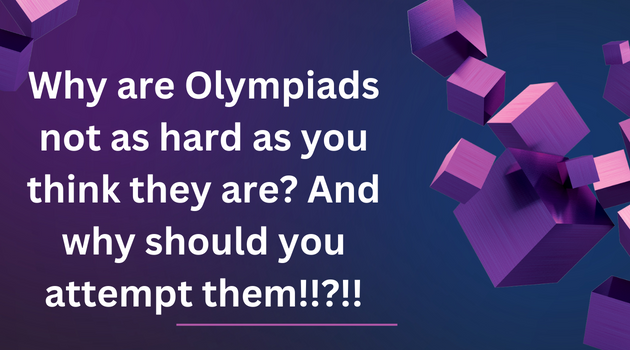LENGTH, WEIGHT, CAPACITY, TIME, MONEY - ESSENTIAL POINTS
- The standard unit for measurement of length is meter, mass is gram, and capacity is litre.
- The most commonly used units of length are centimeter (cm), meter (m) , kilometer (km).
- The most commonly used units of mass are gram (g), kilogram (kg), tonne (t).
- The most commonly used units of capacity are liter (l) and milliliter (ml).
- When we convert a higher unit of metric measure to a lower unit, we multiply.
- When we convert a lower unit of metric measure to a higher unit, we divide.
- The various units of metric measures length, weight, mass and capacity are related to their standard unit by multiples of 10.
- 1 centimeter = 10 millimeters
- 1 meter = 100 centimeters
- 1 kilometer = 1000 meters
- 1 liter = 1,000 milliliters
- 1 kilogram = 1,000 grams
- 1 tonne = 1,000 kilograms
- Examples
- A teaspoon can hold about five milliliters water.
- Milk is generally sold in half liter or 1 liter packs
- The length of a pencil is around 10 centimeters
- A meter is about the height of a 5 year old
- The distance from one city to another can be measured using kilometers.
- One spoon of sugar will weigh around 5 grams
- We measure our weight in kilograms.
- The weight of a small car is around a tonne.
TIME
- 1 minutes= 60 seconds
- 1 hour = 60 minutes
- 1 day = 24 hours
- 1 week = 7 days
- 1 month = 30 days
- 1 year = 12 months
- 1 year = 52 weeks
- 1 year = 365 days in a normal year and 366 days in a Leap Year.
- The time between 12 midnight to 12 noon next day, is denoted by a.m.
- A.M. stands for “Ante Meridiem” Latin for before midday.
- The time between 12 noon to 12 midnight is denoted by p.m.
- P.M. stands for “Post Meridiem” Latin for after midday.
- The years that can be divided by 4 are leap years. E.g. 2016 – 16 is divisible by 4. This 2016 was a leap year
- In a 24 hours clock there is no a.m., p.m. labels. The hours start at 00 and goes through 23.
- A day begins at 12:00 a.m. and ends at 11:59 p.m.
- Clock
- The clock has two hands: longer hand is the minute hand, and the shorter hand is the hour hand.
- The clock is divided into 60 small divisions called the minutes.
- The hour hand comletes 1 round of the clock in 12 hours.
- The minute hand completes one round in 1 hour
- The seconds hand completes one round in 1 minute
MONEY
- We use rupees and paisa as money (currency) in India.
- Money is available in either coins or notes.
- Common coins available are 50 paisa, 1 rupee, 5 rupees, 10 rupees
- Common notes available are 5 Rs, 10 Rs, 20 Rs, 50 Rs, 100 Rs, 500 Rs, 2000 Rs.
- 100 Paise – 1 Re
- 1 Paisa = Rs. 1/100
- When writing the money amount, Rupees and paise are separated by a dot.
- When we know the cost of many items and want to find the cost of 1 item, we divide.
- When we know the cost of 1 item and want to derive the cost of many items we multiply.


